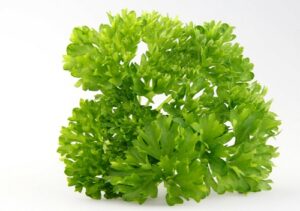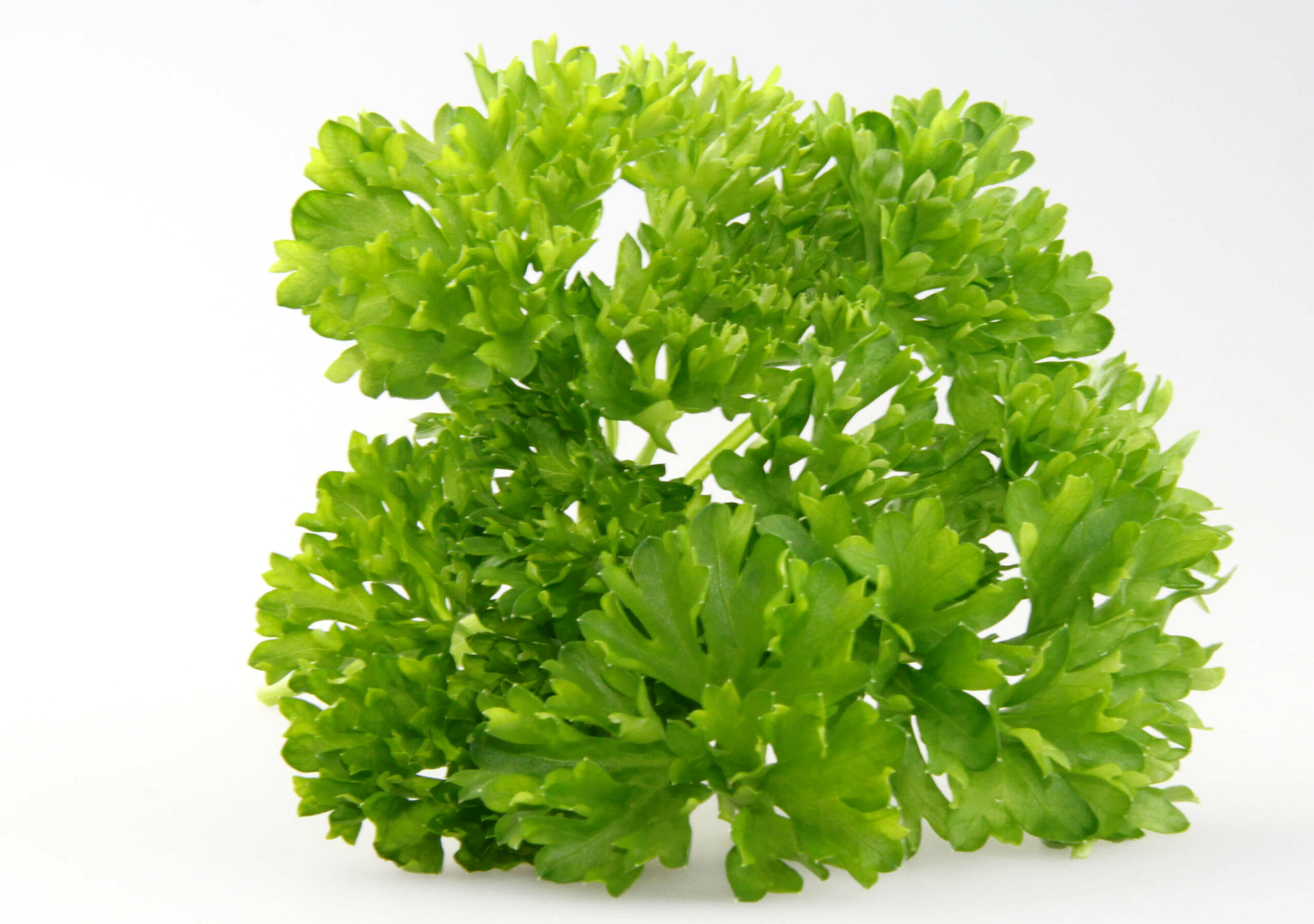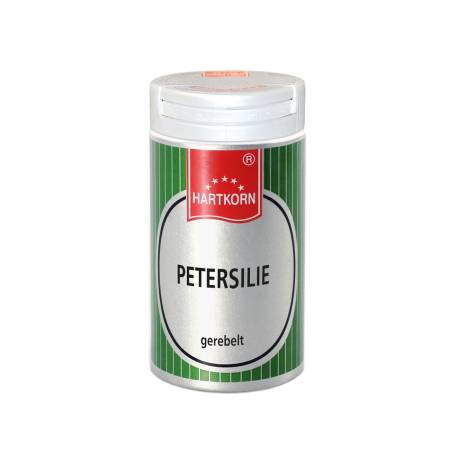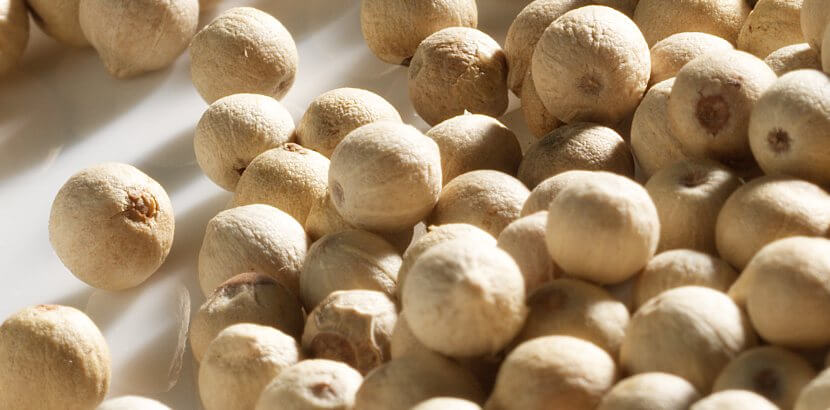synonyms: botanical family: origin: Classification: spice shape: taste: odour: use: Parsley has a peculiarly spicy-bitter and characteristically aromatic smell and taste. It is very versatile in the kitchen for seasoning and rounding off soups, meat dishes, salads, potato and vegetable dishes, sauces, egg dishes, fish, poultry and marinades. As the aromatic substances do not tolerate strong heat, parsley is added to dishes after cooking. The herb and root are also used not only as a spice but also as a drug in pharmacy. tip: Recipe suggestion: knowledge: botany: Home & Distribution: cultivation & extraction: history: Parsley
General information
Use
Things to know
 botanical name:
botanical name:
petroselinum crispum MILL.
parsley
umbelliferous plants
Europe i.B. Germany, France
Herb
leaves
strangely spicy
strangely spicy
broths, soups, cooked fish, egg dishes, stews, meat, poultry, potato and rice dishes, dumplings, soups, sauces
Drying leads to heavy losses of aroma
Petrolian spaghetti: Boil 500 g of pasta in plenty of water. Chop 1 onion and 2 garlic cloves and fry in oil. Chop 2 bunches of parsley and add 2/3. Pour 300 ml white wine and let it boil down, season with salt and pepper. Melt 50 g butter, mix with the sauce and the remaining parsley. Fold in the al dente cooked pasta and sprinkle with parmesan.
Language: Parsley is also called "Western coriander" because both herbs are used in parallel despite their different aromas. Parsley dominates in North Africa, Europe and West Asia, whereas the same culinary role is played by coriander in South, Southeast and East Asia.
The well-known parsley is a biennial umbellifer, which develops its upright stems and inflorescences only in the second year and then reaches a height of about 1 m. The dark green, shiny, flat, tripartite pinnate leaves are longer at the base of the plant, but sit directly on the leaf sheaths further up. The typical inflorescences consist of many small, yellow flowers that form ten to twenty-branched umbels. From them ripen small bulbous, oval-spherical or broad-egg-shaped particle fruits, which still carry the remains of the pistil at their tips. Parsley can be divided into the following subspecies: leaf parsley (smooth and curly leaf form) and root parsley, of which the particularly strong taproot is used.
Parsley probably comes from the western Mediterranean countries. Today, it is cultivated or wild everywhere in Eurasia and is often cultivated on a large scale, especially in Europe and the USA.
Parsley is a staple in every garden and provides the daily need for fresh leaves or roots. In addition to fresh produce, the large-scale cultivation also supplies a large part of the leaves, cleaned after harvesting, carefully dried and rubbed at 40° C, mainly to the food industry. Freeze-dried parsley has also been on the market for some time. The parsley roots are sold fresh after harvesting or are cut after washing and also dried, often also subsequently ground.
For more than 2000 years parsley has been known to people as a healing and spicy herb and was already cultivated from its wild form long before the dawn of time. Writings from ancient Rome bear witness to the importance of parsley up to the present day, as does Charlemagne's 812 regulation on the cultivation of kitchen herbs.
http://de.wikipedia.org/wiki/Petersilie








